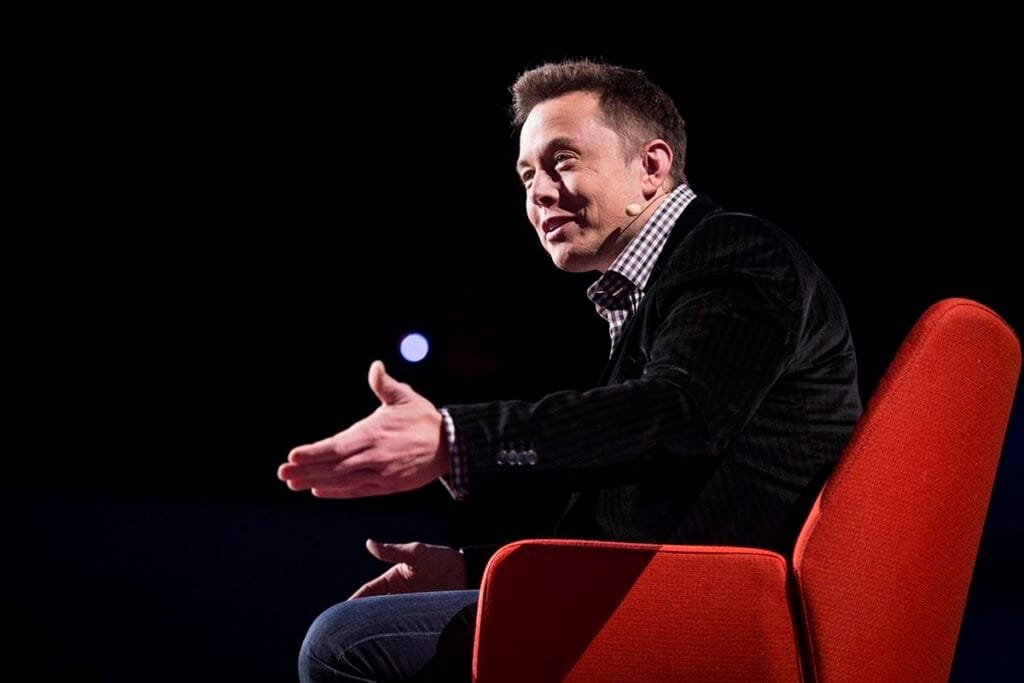Starlink Download Speeds Fell Below New Federal Broadband Standard in Q3, Ookla Data Show
According to data from Ookla, Starlink’s median speeds in the U.S. dipped below 100 Mbps download, the speeds required for federal infrastructure bill money.
Benjamin Kahn

WASHINGTON, December 22, 2021 – SpaceX’s Starlink satellite broadband service saw an average decrease in download and upload speeds during the third quarter, according to data from Ookla, as critics question whether the service will not be able to live up to federal speed standards.
Between the second and third quarters of 2021, Starlink’s median download speeds in the U.S. fell by an average of approximately 10 Mbps, according to data collected by Ookla, which runs speed tests. Upload speeds were less impacted, falling just 0.35 Mbps.
At these speeds, many of those being served by SpaceX’s service would be considered underserved as per the Infrastructure Investment Jobs Act of 2021, which was signed into law by President Joe Biden in November of 2021. The legislation provides billions in funding for broadband and classifies anyone receiving services under 25 Mbps download and 3 Mbps upload to be unserved, while anyone receiving under 100 Mbps download and 20 Mbps upload is underserved.
If the data is accurate, this may confirm some of the fears expressed by telecom experts such as Fiber Broadband Association President and CEO Gary Bolton, who has argued that communities “served” by Starlink will be de-prioritized during the IIJA rounds of funding while also not receiving scalable, sustainable, broadband infrastructure.
Next year is supposed to be a big year for Starlink, when it is supposed to conclude its beta stage and move into its full-service model, whereby thousands of people will get access to high-speed, affordable broadband through the program’s low-earth orbit satellite constellation.
Despite the dip in speeds, Ookla data shows Starlink’s services appear to be outperforming satellite broadband providers Viasat and HughesNet by a significant margin, domestically. Neither service can crack 20 Mbps median download speeds or 3 Mbps median upload speeds, falling just short in both categories.
According to Ookla’s data, Starlink’s internet speeds vary greatly from county to county and state to state. Santa Fe County, New Mexico experienced the fastest median speeds at 146.58 Mbps, compared to Drummond Township, Michigan’s 46.63 Mbps. Two jurisdictions using the same technology through the same service have median coverage speeds with a 100 Mbps difference.
Starlink was also one of the largest recipients of the Rural Digital Opportunity Fund’s reverse auction, as it was awarded more than $885.5 million of the total $9.2 billion in total awards, though the Federal Communications Commission is currently asking providers, including Starlink, if they want to pull back their bids for fear of building where services already exist.










Member discussion